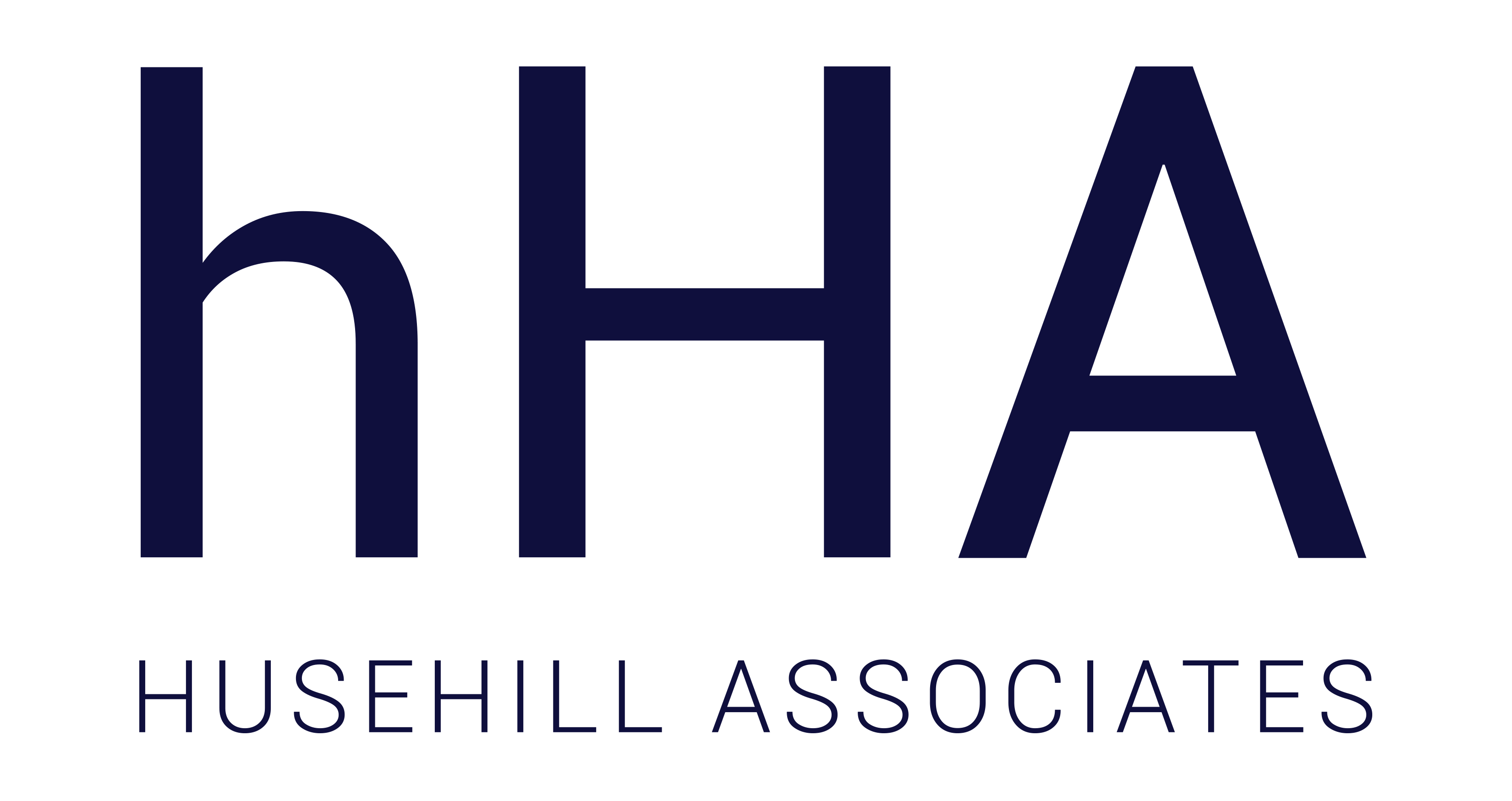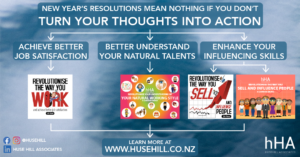Post Statistics
This post has 655 words.
This post has 3893 characters.
This post will take about 3 minute(s) to read.
Whether you’re starting a new job, or even if you have been in a position for a while, it helps to know what the parameters are. To have a good grasp of the expectations you need to meet in order to justify your current position, or to take it further by surpassing them. However, you might have been given a different job description from HR, a recruitment agency or your employment contract, and without clarity you may miss the targets that you need to meet.
It needs to be clear between you and your employer how your success is measured. Sadly, a clear map to the organization’s plan down to your specific role and tasks in meeting that plan is not always available within many organisations, so you do not get to see how your role is connected to the organisational outcomes.
What’s the answer to this? Simple! Write your own.
You are the most qualified and you have clarity of purpose because you want the rewards that come with meeting and surpassing your job’s expectations.
Start with your key tasks, figure out how they add value to the organisation. Then work out how you would measure success by those tasks. Look at the organisation’s annual plan, how does your job align to meeting the organisation’s strategic objectives?
In 1943, psychologist Abraham Maslow, came up with a theory of psychological health that depended on fulfilling innate human needs in priority to reach Self-Actualisation. Maslow’s Hierarchy of needs is one of the best-known theories of motivation.
Applied to the workplace, this should help you see where you are in terms of your employment and give you a good idea as to why you may or may not be satisfied with your current position.
Maslow says we have 5 levels of need that we are motivated to satisfy. The first level is Survival, basic physiological needs like food, water and shelter. Next is Safety, which is job security, benefits, life insurance. Belonging, have good relationships with co-workers, peers, superiors, customers. Then there is our Esteem needs which relates to having a positive self-image and having our contributions valued and appreciated by others.
At the highest level, which is known as Self-Actualisation, we try to develop our capabilities so that we reach our full potential, testing our creativity, seeing our ideas become reality, pursuing new knowledge and developing our talents in new directions. This will never completely be fulfilled because as we work to develop our capabilities, our potential and needs for Self-Actualisation grow stronger.
When we fulfil the needs at a particular level, we stop being motivated by them and develop motivations for the next level. We may not completely fulfil each need, but we satisfy them enough to move on.

In order to reach the higher levels, you need to be aware of your Natural Working Style, which is your conative talents. These tell you how you approach and solve problems, exercise your creativity, how you work in a team and your style of leadership. Essentially, your Natural Working Style tells you how you instinctively approach the way you work. When your conative talents are being engaged then you reach Job satisfaction. Working in harmony with your conative talents makes you more effective at what you do. This ties back to being effective in meeting the expectations set upon you by your organisation. Having this knowledge will then help you surpass those expectations so that you can take on challenging projects and meet opportunities for innovation.
With Revolutionise The Way You Work Using Microsoft Outlook available at my Bookstore, you can discover more about your Natural Working Style so you can effectively meet and surpass your job expectations to attain Job satisfaction. That way you can write a job description that allows you to satisfy and move up to a higher level of needs.




